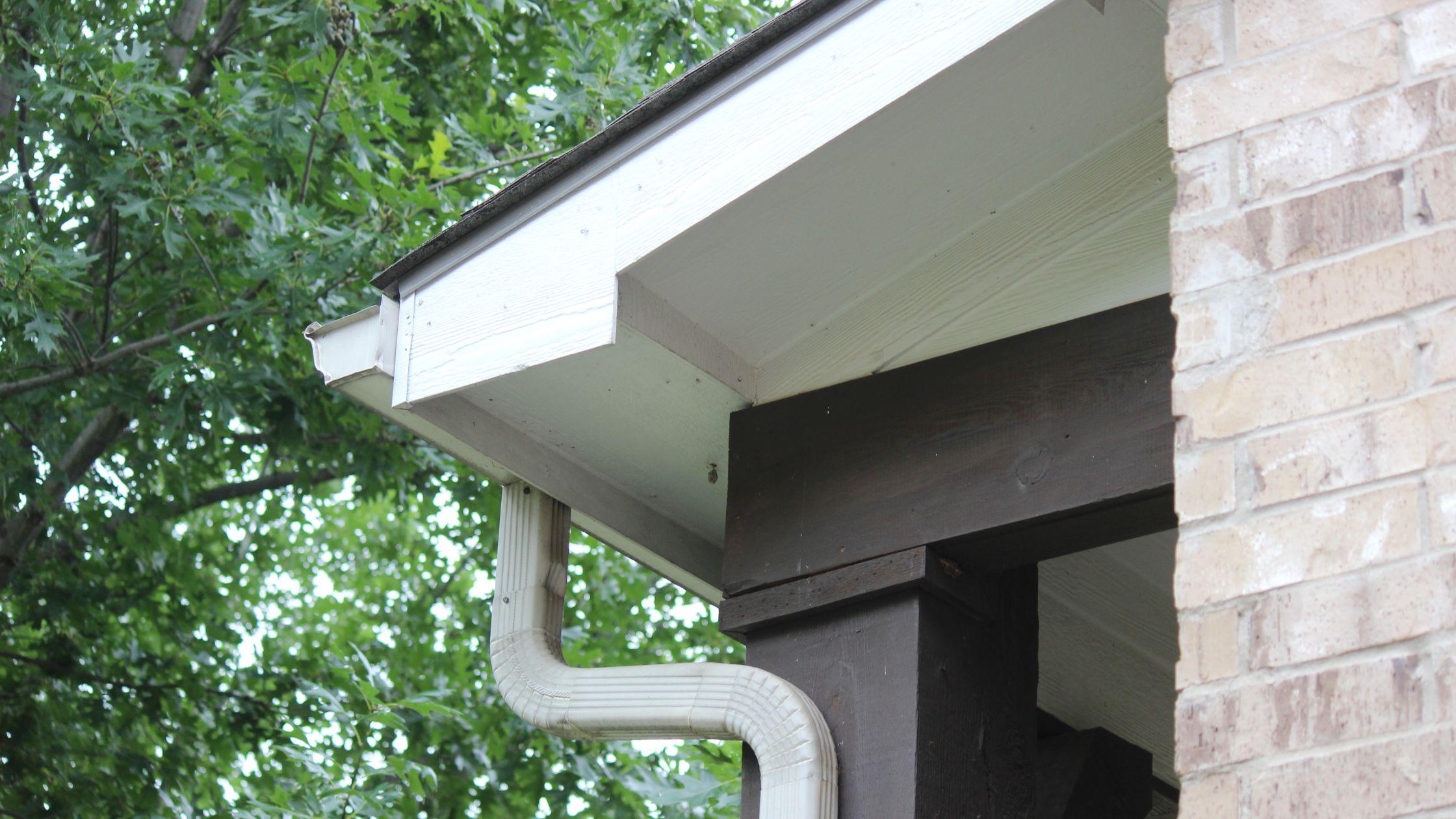Have you ever wondered about the difference between gutters and eavestroughs? While many people use these terms interchangeably, there are essential differences in their structure, purpose, and even popularity across regions. Both gutters and eavestroughs play crucial roles in keeping your home safe from water damage, but which is the right choice for your property? In this blog, we’ll break down the key differences between gutters and eavestroughs, helping you make an informed decision for your home’s water drainage system.
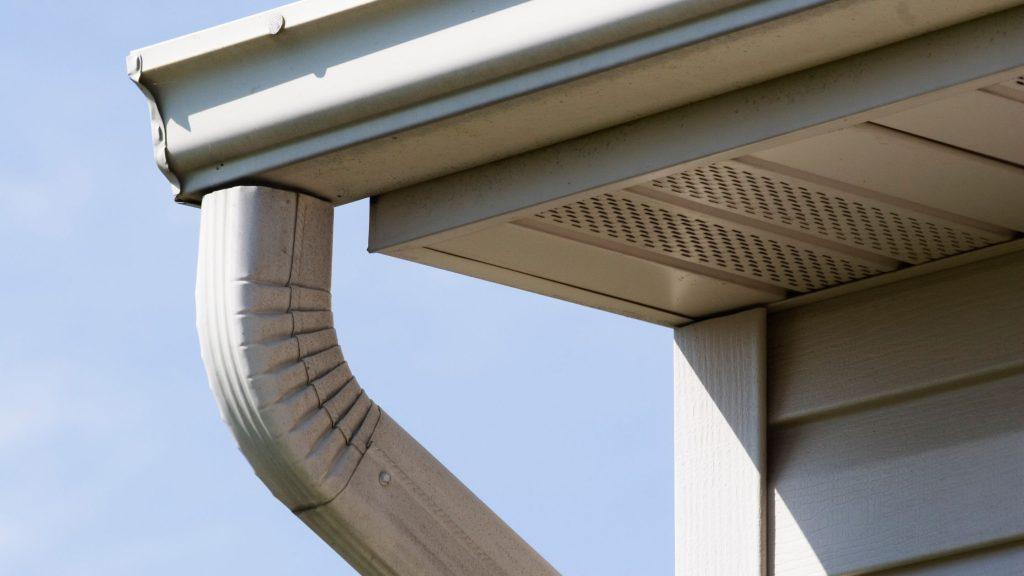
Section 1: What Are Gutters?
Gutters are one of the most essential components of a home’s water drainage system, designed to prevent water from pooling around your property. They’re typically found along the roofline and are strategically placed to catch rainwater and direct it away from your home’s foundation. Proper drainage prevents a host of problems, including soil erosion, basement flooding, and structural damage to your home. Here’s a closer look at what makes gutters unique:
- Common Gutter Materials: Gutters are often made from materials like aluminum, copper, and vinyl, which are chosen for their durability and weather resistance. Aluminum gutters are popular due to their lightweight nature, resistance to rust, and cost-effectiveness. Copper gutters, while more expensive, offer a classic look and are known to last for decades with minimal maintenance.
- Gutter Styles: Gutters come in various styles, including K-style gutters and half-round gutters. K-style gutters are known for their decorative crown-molding look and high water capacity, which is ideal for regions with frequent rainfall. Half-round gutters, on the other hand, provide a more traditional appearance and are often used on older or historical homes.
- Gutter Function: The primary function of gutters is to catch rainwater and guide it through downspouts, allowing the water to flow safely away from the building’s foundation. This simple but crucial function helps protect your home’s structural integrity, prevent landscape erosion, and minimize moisture buildup around your property.
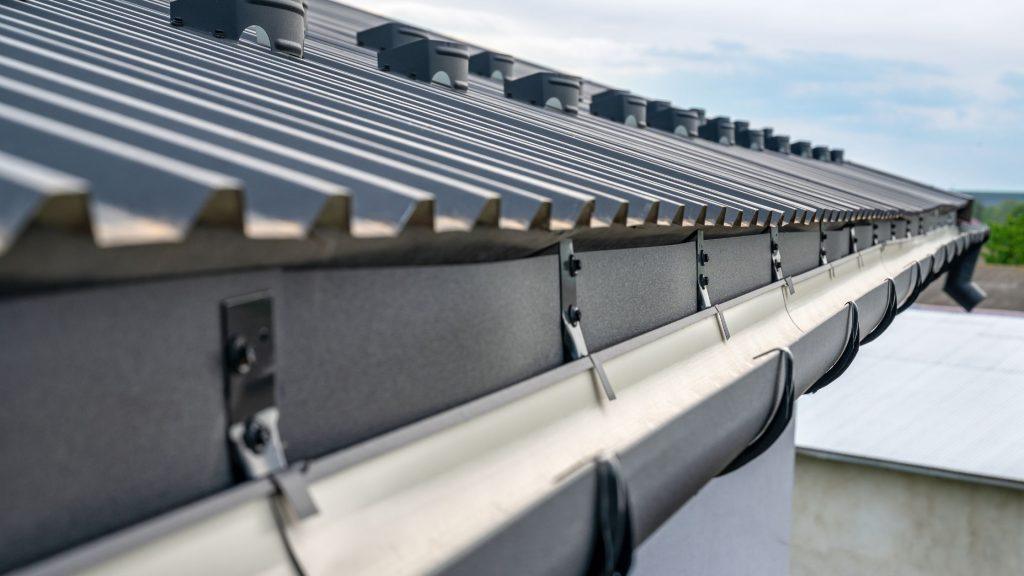
Section 2: What Are Eavestroughs?
In many parts of Canada and some Northern regions, the term “eavestrough” is commonly used instead of “gutter.” While eavestroughs serve a similar purpose of channeling water away from a building’s foundation to prevent flooding and damage, there are some differences in their design, installation, and terminology, which varies by region. Let’s explore what makes eavestroughs distinct:
- Eavestrough Materials: Like gutters, eavestroughs are often made from materials such as aluminum, steel, and vinyl. Each material has its advantages depending on the climate. For instance, steel eavestroughs are particularly popular in areas with heavy snowfall due to their strength and ability to withstand freezing temperatures without cracking.
- Regional Terminology and Usage: In Canada, “eavestrough” is the preferred term, while “gutter” is more commonly used in the United States. This regional difference can sometimes lead to confusion when discussing products or installation services, especially if you are researching options online or speaking to contractors from different areas.
- Installation and Maintenance: Eavestrough systems are usually installed flush with the roof’s edge, creating a seamless look that some homeowners prefer. This precise alignment with the roof edge helps optimize drainage. As with gutters, regular maintenance is essential for eavestroughs to prevent clogging and ensure efficient water flow.

Section 3: Gutters vs. Eavestroughs – Key Differences and Similarities
Now that we understand what gutters and eavestroughs are individually, let’s look at their similarities and differences. While both systems serve a similar purpose in water drainage, there are distinct features that set them apart.
Similarities Between Gutters and Eavestroughs
- Primary Function: Both gutters and eavestroughs are designed to redirect rainwater away from your home’s foundation, protecting it from water-related damage like erosion, basement leaks, and foundation cracking.
- Maintenance Requirements: Whether you have gutters or eavestroughs, regular maintenance is crucial. Leaves, twigs, and other debris can easily clog the system, leading to overflow and potential water damage. Homeowners should clean their gutters or eavestroughs at least twice a year, especially during the fall when leaves are more likely to accumulate.
- Materials Used: Both gutters and eavestroughs are typically made from durable materials like aluminum, vinyl, and steel. Aluminum and vinyl are more common for their cost-effectiveness, while steel and copper are preferred in areas with heavy precipitation or for homeowners looking for premium materials.
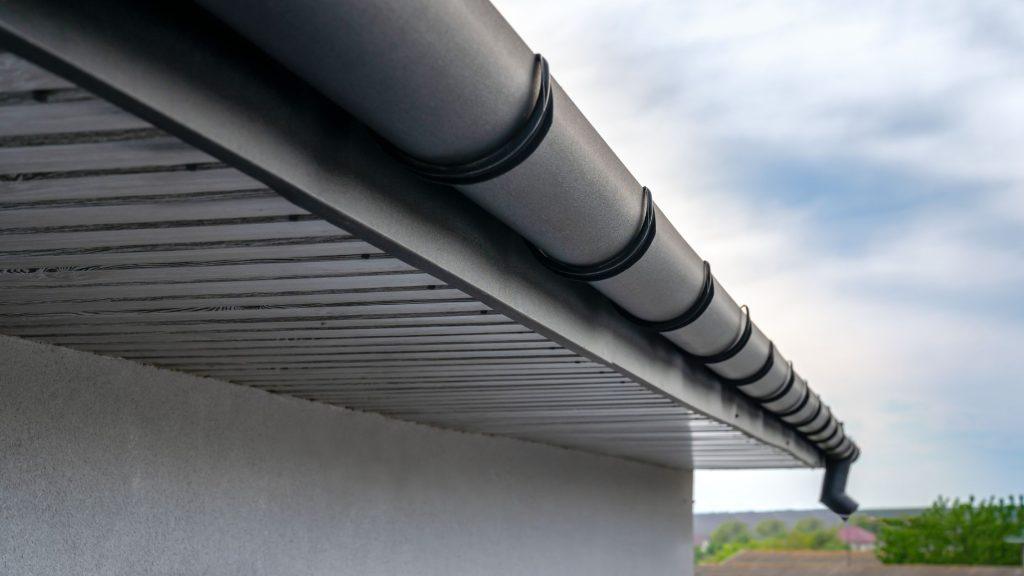
Differences Between Gutters and Eavestroughs
- Regional Terminology: The main difference between the two terms is geographical. “Gutter” is commonly used in the United States, while “eavestrough” is the preferred term in Canada. This terminology difference can be important when searching for local services or reading product reviews online.
- Design and Aesthetic Appeal: While both are installed along the roofline, some eavestrough systems are designed to sit flush with the roof’s structure, giving them a more integrated look. This design element can appeal to homeowners who prefer a sleek and less visible water drainage system.
- Installation Techniques: Eavestrough installation may involve additional steps to ensure compatibility with Canadian building codes, which often account for heavier snow loads and freezing temperatures. In areas with heavy snowfall, steel is often chosen over aluminum for its durability and resilience to temperature fluctuations.

Section 4: Advantages and Disadvantages of Gutters and Eavestroughs
When it comes to choosing between gutters and eavestroughs, understanding the advantages and disadvantages of each system can help you decide which is best suited for your home.
Advantages of Gutters
- Variety of Styles: Homeowners in Canada can choose from different gutter styles, colours, and materials, making it easier to match the gutters to the home’s exterior.
- Cost-Effective Options: Aluminum gutters are affordable, rust-resistant, and easy to install, providing a great balance between function and aesthetics.
- Easy Replacement and Repairs: Due to their popularity, gutters are widely available, and most contractors are familiar with the different installation and repair techniques required.
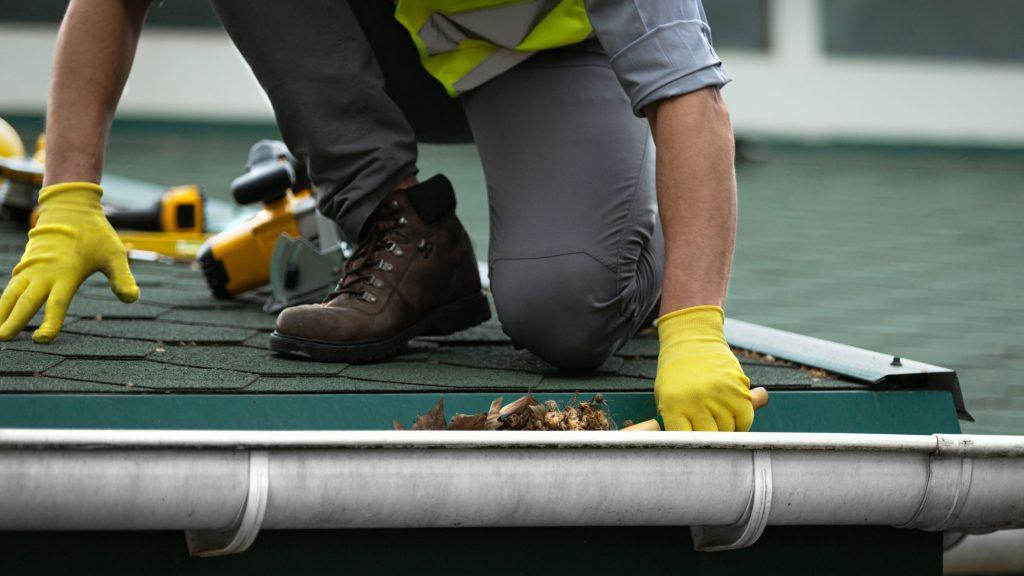
Disadvantages of Gutters
- Climate Limitations: In regions with extreme cold or heavy snow, some materials may be prone to warping or damage. Steel gutters may be a better option for these climates, but they come at a higher cost.
- Higher Maintenance: The open design of gutters can lead to frequent clogs from leaves and debris, which require regular cleaning to prevent overflow and ensure water flows away from the foundation.
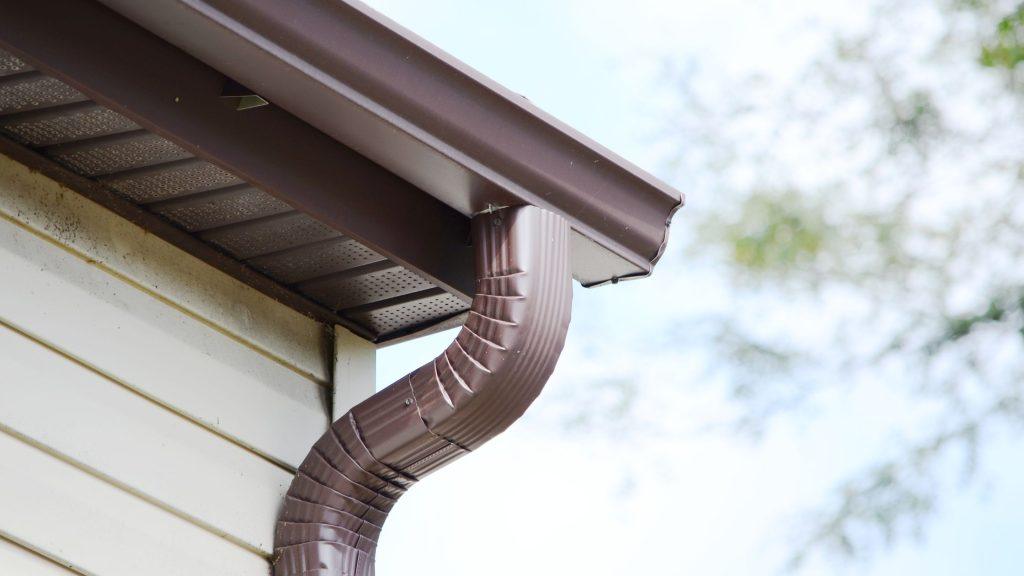
Advantages of Eavestroughs
- Seamless Design: Eavestroughs often sit flush with the roof’s edge, creating a seamless look that some homeowners find visually appealing.
- Durable in Cold Weather: Eavestroughs made from steel or other strong materials are designed to withstand the cold, making them ideal for Canadian winters and areas with heavy snowfall.
- Local Adaptation: Eavestrough systems are often customized for the Canadian climate, providing better durability against freezing and thawing cycles.

Disadvantages of Eavestroughs
- Limited Style Options: The focus on functionality and weather resilience means that there may be fewer decorative options for eavestroughs compared to gutters.
- Terminology Confusion: Homeowners moving between regions may face confusion with the term “eavestrough” if they’re accustomed to “gutter,” making it harder to find compatible products or services.
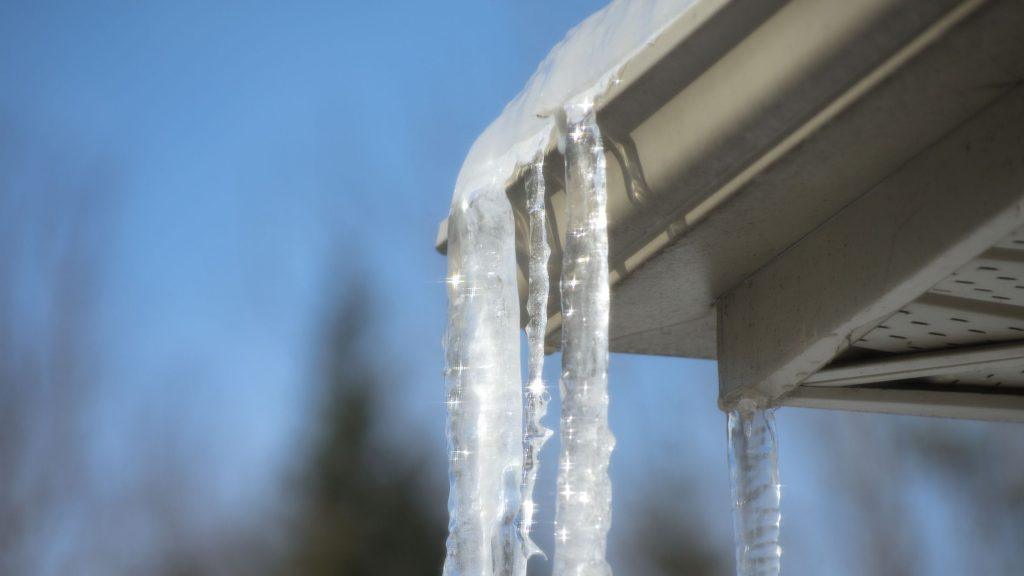
Section 5: Choosing the Right Option for Your Home
When choosing between gutters and eavestroughs, consider your location, climate, home design, and aesthetic preferences. Here are a few tips to help guide your decision:
- Consider Your Climate: In areas with heavy snowfall, it’s wise to invest in durable eavestroughs made from materials like steel, which can handle the weight of accumulated snow and ice. For warmer climates, aluminum gutters might be a cost-effective choice.
- Maintenance Requirements: Gutters and eavestroughs both require regular cleaning, but the choice of material—such as vinyl vs. aluminum—will affect how often you need to clean and maintain the system.
- Aesthetic Preferences: Some homeowners prefer the look of half-round or K-style gutters, which add a decorative touch to the home’s exterior. Others might prefer the flush, streamlined appearance of eavestroughs that blend seamlessly with the roofline.
- Consult a Professional: If you’re still unsure, consult a professional installer. They can provide recommendations based on your home’s unique design and location, ensuring you choose the best option for effective water drainage and long-term durability.

Conclusion
Both gutters and eavestroughs are crucial components of a home’s water drainage system, protecting the foundation, landscaping, and structural integrity from water damage. By understanding the differences in terminology, design, and function, you can make an informed choice that meets your home’s needs and complements its design. Properly installed and maintained, either option will effectively safeguard your home against the elements. Looking for expert advice on installation or maintenance? Contact our team today using our online form and let’s get you started today!
